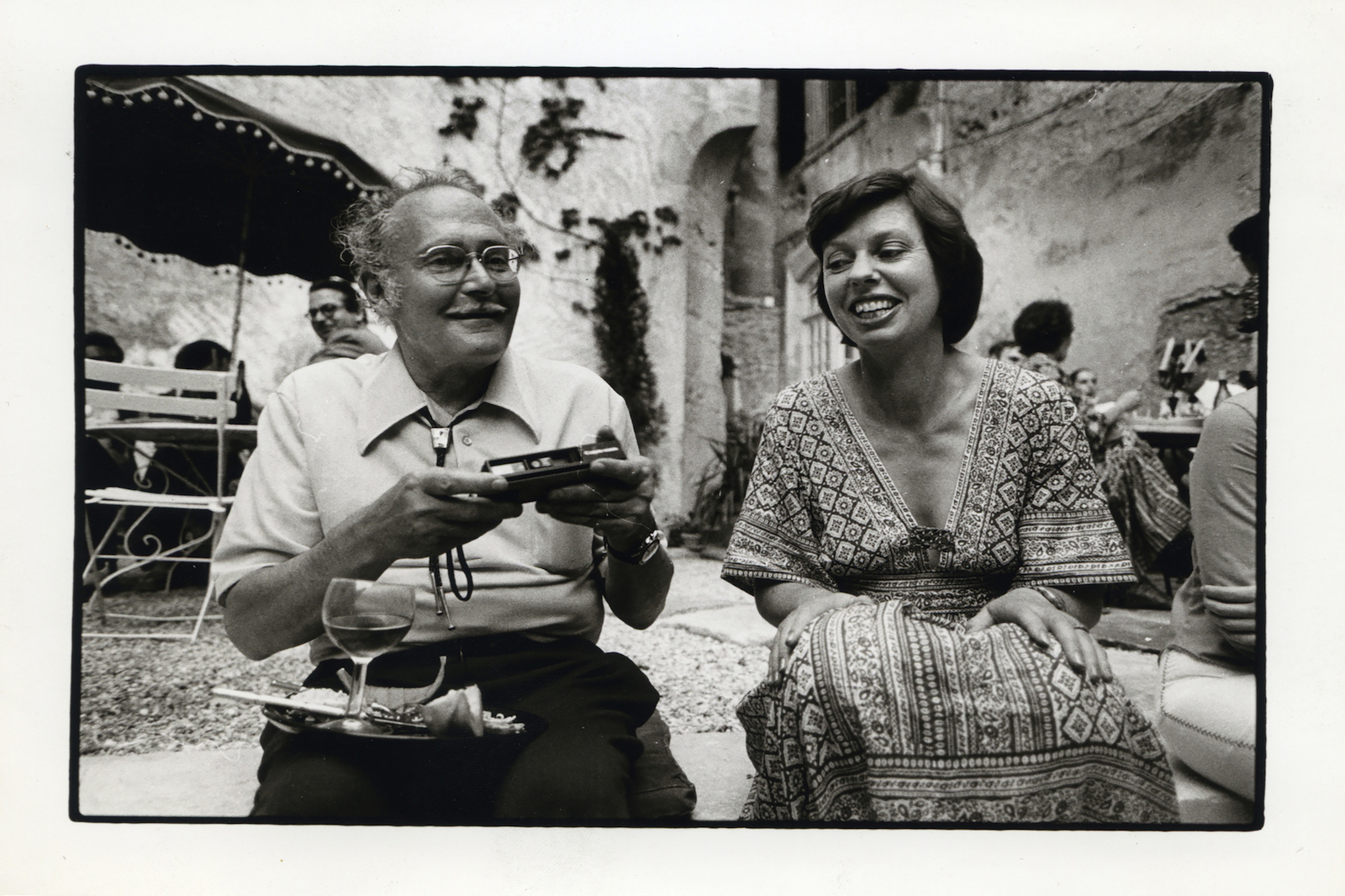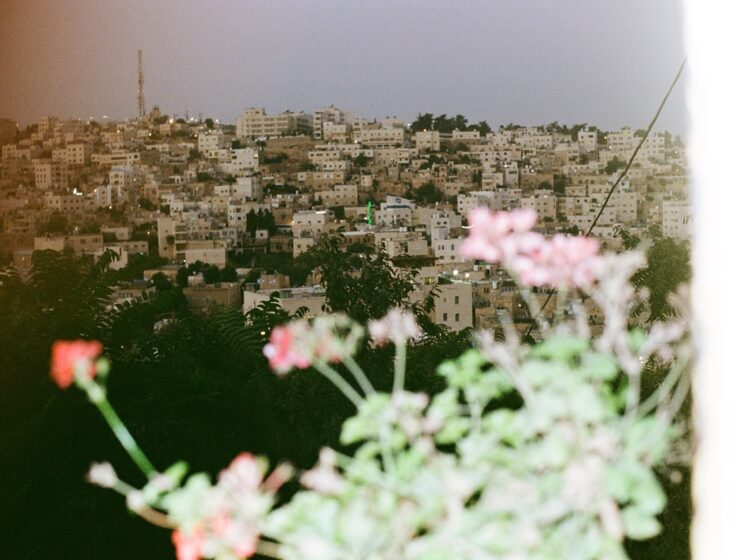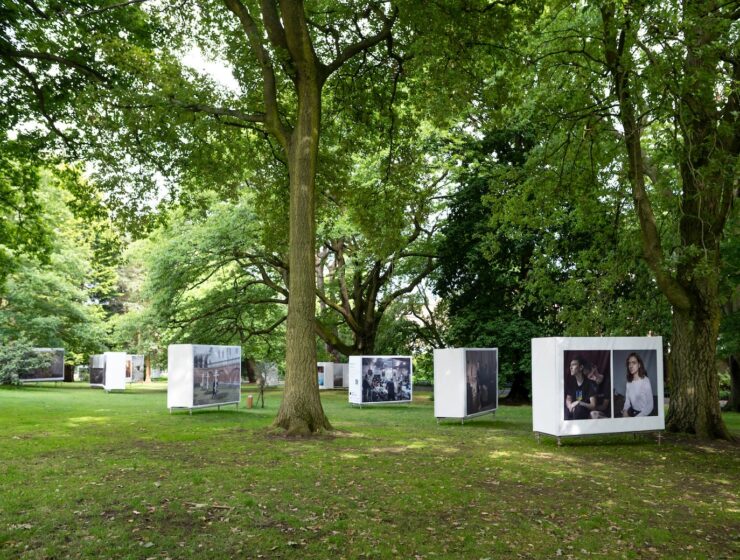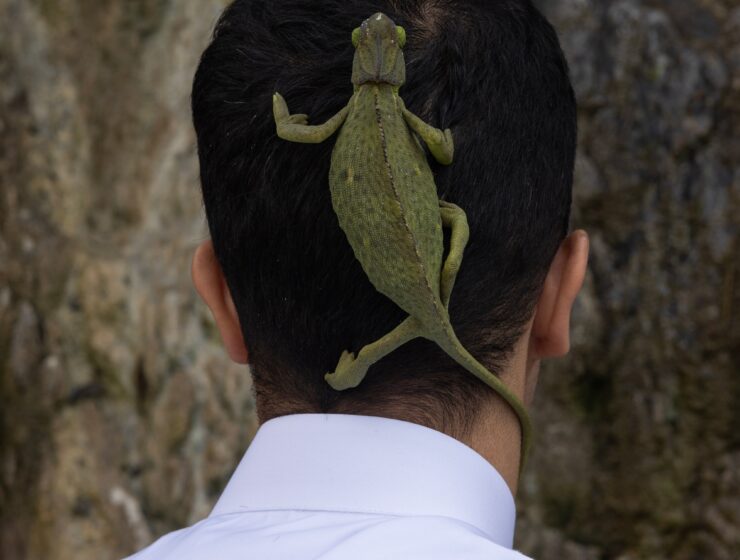As The Photographers’ Gallery celebrates its 50th anniversary, director Brett Rogers talks through some of the 1970s highlights from its exhibition history
With its doors first opened on 14 January 1971, The Photographers’ Gallery celebrates its 50th anniversary this year, and it’s marking the occasion with an ambitious programme of exhibitions and digital content.
Alongside Light Years, a four-part exhibition series drawing on materials from the gallery’s history [you can read more about it in the Activism & Protest issue], director Brett Rogers, alongside the head of programming Clare Grafik and the curatorial team, have also put together 50 Exhibitions for 50 Years – an online resource revisiting 50 of the gallery’s most significant past exhibitions. Split into five chapters, each section pertains to a different decade, starting with the 1970s.
Founded by Sue Davies, The Photographers’ Gallery’s vision, right from the beginning, was to advocate for photography as an art form in its own right, and, reflecting the landscape of photography at the time, many of the exhibitions it hosted in those early years were framed around photojournalism and socially-engaged practices. “The Gallery had strong links to Fleet Street in the early years,” explains Rogers, “and renowned figures like Tom Hopkinson, the former editor of Picture Post, were great champions of the new Gallery and its mission.”
Its very first show, The Concerned Photographer, is the first of 10 selections from this decade. Curated by Cornell Capa, it was “a collaboration with the Fund for Concerned Photography in New York (latterly the International Centre of Photography),” says Rogers, “and a celebration of humanist photography.” Including eyewitness work by photographers such as Werner Bischof and Andres Kertesz, it is certainly a powerful first coordinate when plotting out the gallery’s beginnings.
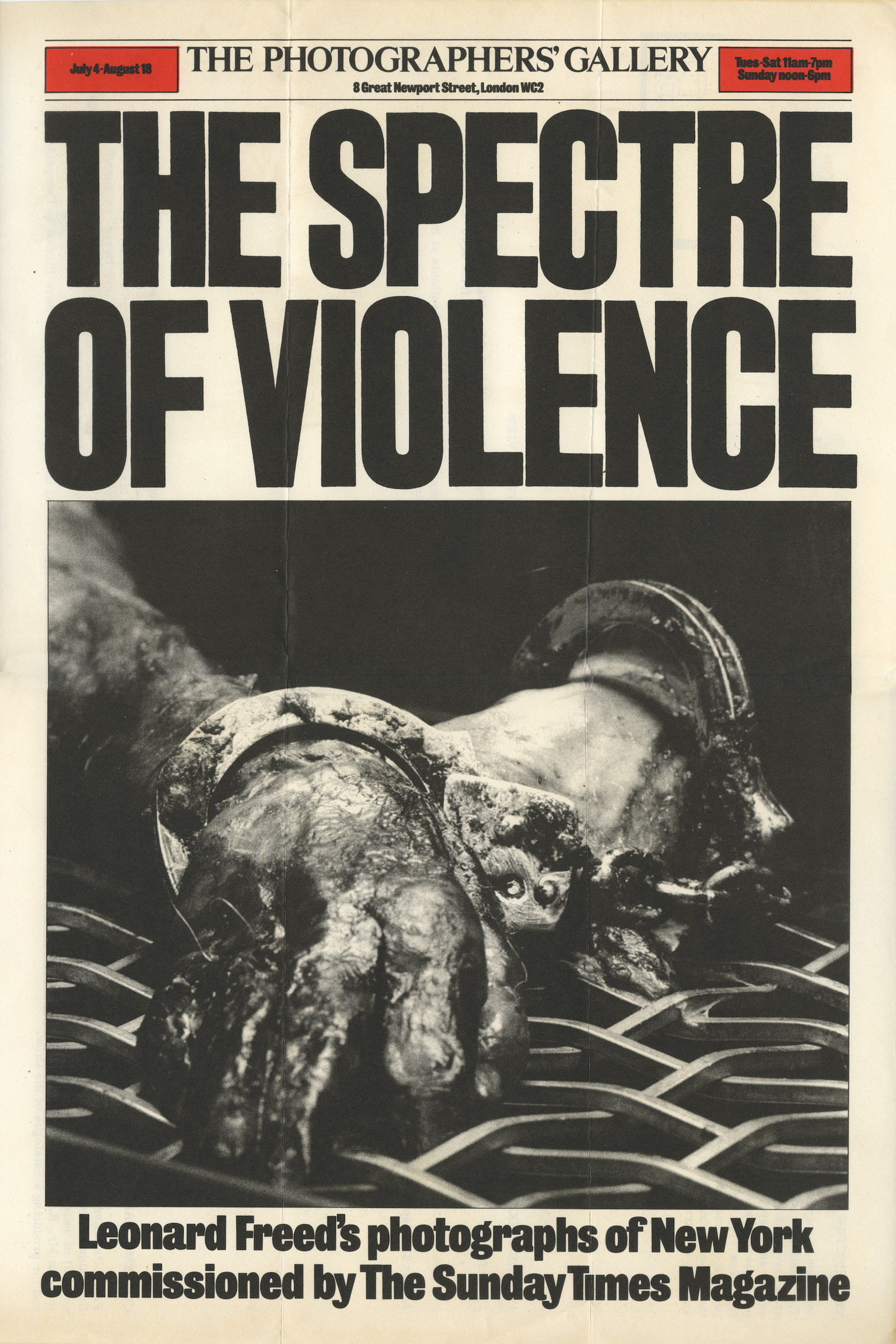
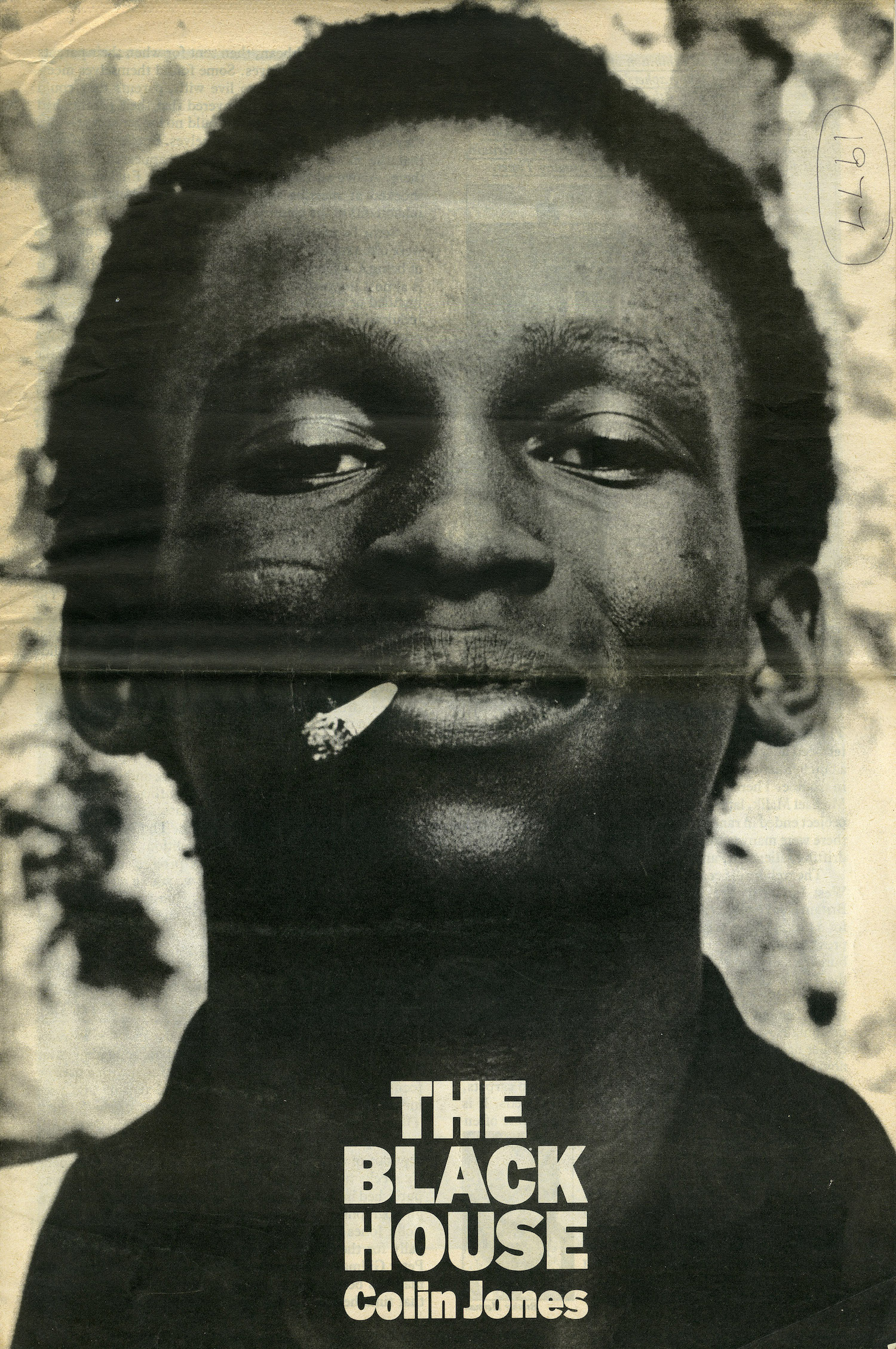
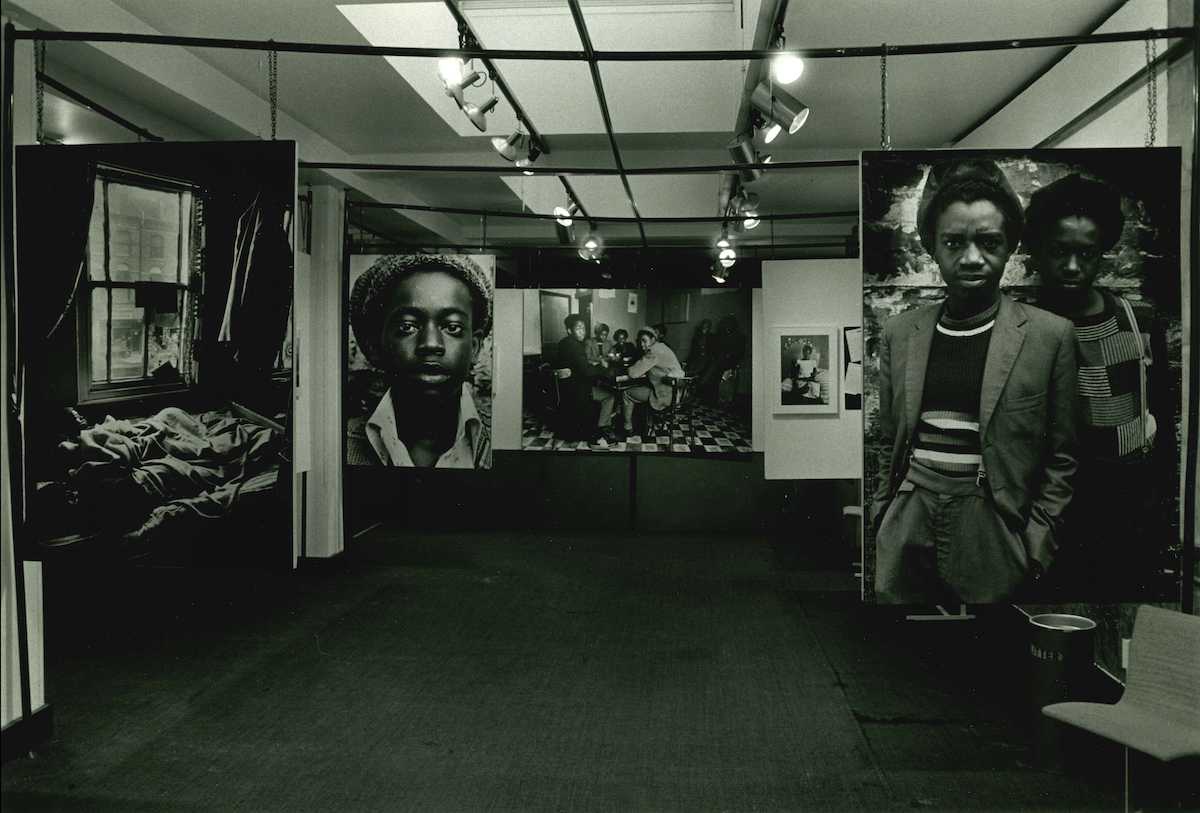
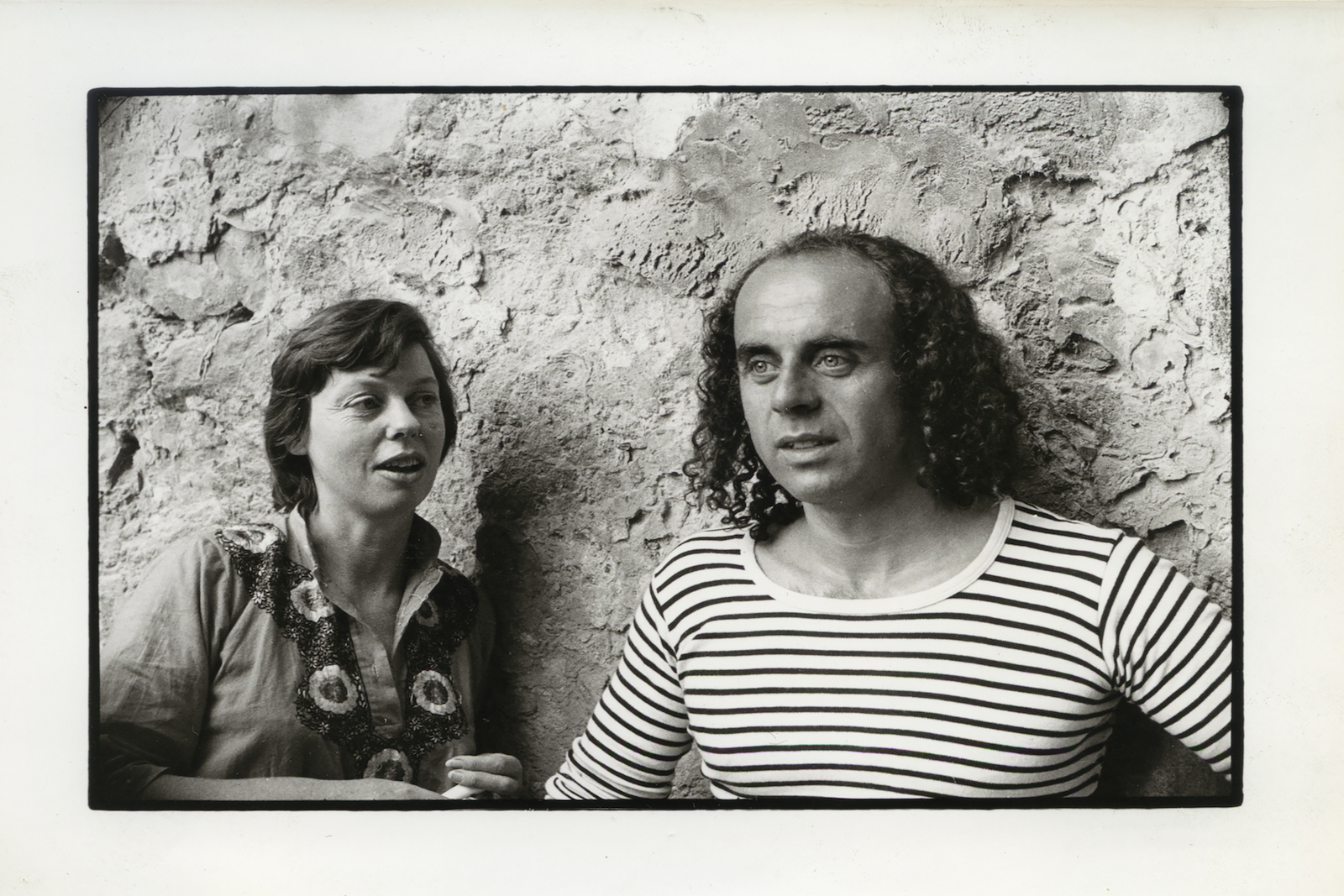
“This was followed by other documentary and reportage projects,” Rogers continues, “such as Scoop, Scandal and Strife: A History of Newspaper Photography in the same year, and Leonard Freed’s Spectre of Violence (1973) with images initially commissioned by The Sunday Times. Other examples of documentary projects, which involved a more in-depth engagement between photographer and subject, began to appear in the programme later on, such as Colin Jones’s The Black House (1977), and Janine Wiedel’s Vulcan’s Forge (1979).” Where some of the earlier shows were important to include because they reiterate photography’s cultural place at the time, work like Jones’, which was shot over the course of three years at a hostel for young Black people in North London, shows the gallery’s dedication to new approaches. And, new thinking around matters of image-making, identity and agency.
Elsewhere among the selections, Rogers also wanted to show that it wasn’t just documentary and reportage that the TPG championed in the 70s. “The Gallery’s first decade of exhibitions remained very eclectic and reflected Sue Davies’ belief that photography of all kinds could be utilised to bring in audiences and widen the appeal of the medium,” she says. “For this reason, the first decade of spotlight shows we chose are deliberately wide ranging. In addition to the documentary projects, the 70s also included David Bailey’s first retrospective Bailey Up Till Now (1974), intriguing vernacular archives such as E J Bellocq: Storyville Portraits (1978) and art photography from international artists such as the life size photograms of Floris M. Neusüss (1976) whose installation involved sculptural works propped up against the walls of the gallery space.” From explorations of photography’s role in news media, to some early experiments with moving the medium out of the frame, these selections reveal the richness of new work at the time, and the spirit with which the Gallery entered the London arts scene, ready to fight for photography’s place within it.

